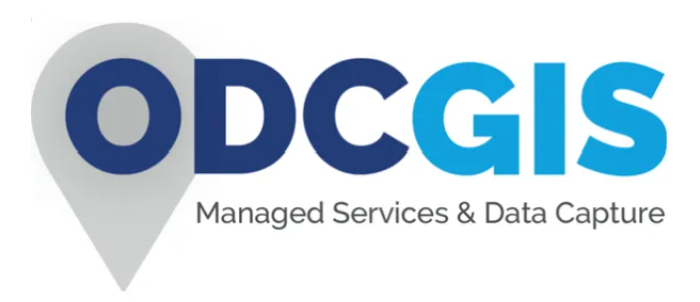About Us
The need to protect the natural world is at an all-time high. We recognised a lack of dependable and consistent information to advocate for action, so we established Map Impact. Our objective is to develop and deliver cutting-edge environmental reporting tools. Our insights are used to support resilience, mitigation and adaptation strategies.
Meet the Team
Our Board has significant experience across the space, property, and financial services domains. They have successfully delivered products that meet end-user needs across various markets, generating repeatable revenue streams.
Our three core mission areas:
1. Climate Risk
The UK government aims for net-zero greenhouse gas emissions by 2050. In 2023, Earth had its warmest year on record, with the UK experiencing its second warmest year.
Urban heat islands, droughts, and wildfires have been identified as compounding climate risks. It is essential to enhance our preparedness and resilience as climate change impacts our economy, society and environment. Collaborating with Map Impact to identify and mitigate these risks through location-based analysis is a cost-effective and essential step.


2. Nature Risk
Land is the ultimate finite resource. In the UK, to achieve biodiversity and net- zero policy targets alongside all other commitments, 53% more land is needed by 2050.
We now have to protect and improve the environment by law, but it’s costly and time-consuming to measure environmental factors using only ground-based methods. In the UK, there aren’t enough ecologists available to conduct large-scale assessments. Map Impact works with ecologists and stakeholders to provide remote, consistent and objective baseline assessments, reducing the time, effort, and cost needed to meet new legal reporting obligations.


3. Water Risk
Water bodies are facing dangerous levels of contamination from various sources. Only 14% of rivers in England have a good ecological status and none have a good chemical status.
The growing population, coupled with poorly managed infrastructure, is placing stress on our waterways. The government’s initiatives to tackle this issue need backing in the form of objective data. Map Impact integrates new data sources to offer insights for bolstering regulations and penalising violators.


























